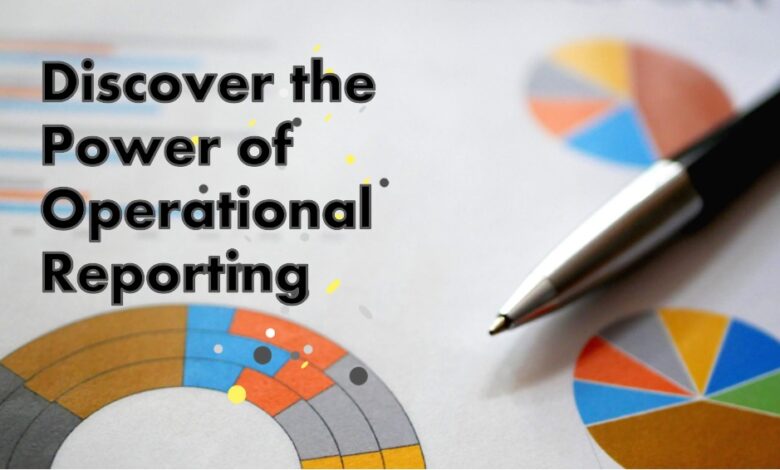Diving Into Operational Reporting

Operational reporting provides real-time insights into business activities, enabling informed decision-making and streamlined operations.
Organizations today are increasingly relying on intelligent data to drive their strategic decision-making processes. It has become incredibly crucial for businesses to constantly monitor their daily operations and measure their performance. An integral part of this process is an operational report. But, what is an operational report? Keep reading to find out.
Understanding the Concept of Operational Report
Alt text: A team in an office discussing and analyzing operational reports during a meeting
An operational report, at its core, is a detailed document illustrating the day-to-day activities of an organization. These reports are typically used by upper-level management as an insightful tool for making informed decisions.
Not only do these reports provide an overview of an organization’s day-to-day operations, but they also offer vital statistics relating to efficiency, productivity, and performance. This provides valuable information to analyze, evaluate, and improve numerous areas within the business.
Essentially, operational reports exist to improve the effectiveness of decision-making and contribute to the overall strategic planning process of an organization. They play a pivotal role in helping businesses stay accountable while working toward their long-term strategic goals.
Also, read about the Top 10 Free AI tools that can save time in the office, enhancing overall efficiency and effectiveness in workplace tasks.
Key Elements Incorporated in an Operational Report
Every operational report tends to include some standard elements, irrespective of the organization or industry. One of the most critical elements is the overview or summary of the organization’s operations during the specified period.
This might include details about production levels, service delivery, customer service ratings, sales figures, and much more. All these data points provide a comprehensive picture of the organization’s current operational status.
Another essential element is the inclusion of key performance indicators (KPIs). These quantifiable measures provide direct insights into the company’s performance in various areas, enabling management to identify strengths, weaknesses, and opportunities for improvement.
Furthermore, operational reports often feature detailed sections for each department or sector within the company, ensuring all areas of operation are covered comprehensively.
How Operational Reports Benefit Business Operations
The primary benefit of operational reporting lies in its ability to offer real-time insights into an organization’s functions and performance. This information is invaluable for the proactive management of potential issues and risks, ensuring smooth business operations.
With an operational report, businesses can stay ahead of problems and manage them before they escalate. This proactive problem-solving can significantly improve customer service, product quality, and overall operational efficiency.
Moreover, these reports can highlight significant trends or patterns within a company’s operations. This allows managers and decision-makers to make predictions about future performance and develop strategies to maximize potential opportunities.
Overall, operational reports serve as an essential tool for driving business success through informed strategic planning and decision-making.
Also, read how to edit Office files on a Chromebook for a comprehensive guide on seamlessly modifying Microsoft Office documents on your Chromebook.
Steps To Create an Effective Operational Report
Alt text: A man in an office learning about operational reports on his computer with two monitors
The first step in creating an effective operational report is to determine the purpose and objectives of the report. This sets the direction for the type of data collected and the best way to present it.
Next, establish what kind of data will be collected. It might include sales numbers, customer satisfaction ratings, or other metrics that align with the report’s purpose. Once this is decided, determine how the data will be collected and the time frame for the collection.
After gathering the data, analyze and interpret the findings in a way that is easy to understand. This will often involve the use of graphs, charts, and other visual aids to clarify complex data points.
Finally, draft the report clearly and concisely. Remember, the ultimate goal is to convey vital information to decision-makers in the most effective way possible.






